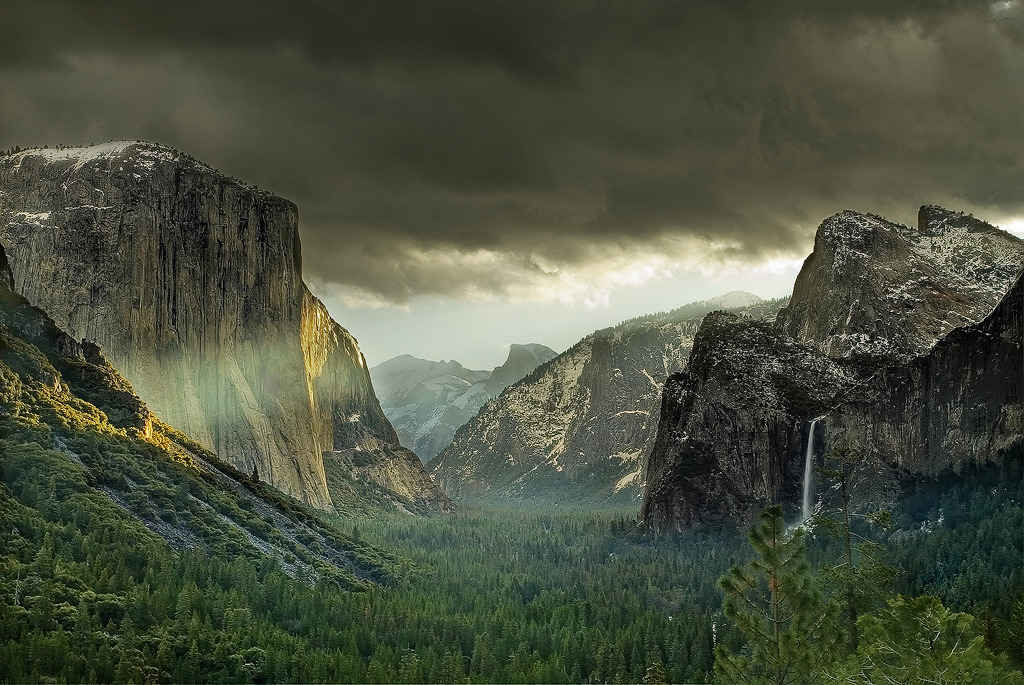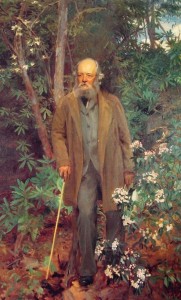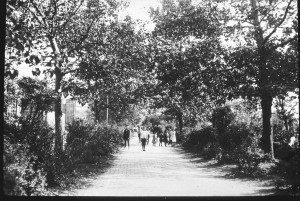by Frederick Law Olmsted
Author’s Introduction
Frederick Law Olmsted is considered is considered to be the founder of American landscape, and the countries most prestigious parkmaker. He was born in the year 1822 in Hartford, Connecticut. He passed away at the age of 81 in the year 1903. (“Designing an american landscape”, n.d)
Between the year1837 and 1857, Olmsted occupied many jobs: he was a farmer, a clerk, a sailor in the trade of China, and other variety of jobs. In 1848 he moved to New York, and without any college education, He became the superintendent or the director of Central Park in 1857.

central park in 1857
He served as the administrator and then architect-in-chief of Central Park’s construction. After that, he served in the US Sanitary Commission as the administrative head, which was the predecessor of the American Red Cross.

Recent photo if Central Park
In addition to urban design, Olmsted was very keen on preserving the natural and beautiful areas for the public’s enjoyment. He served as the head of the commission in preserving Yosemite Valley and was a leader in establishing the Niagara Reservation. (A Short Biography, 2011)

Niagara Reservation

Yosemite Valley
Olmsted opened the world’s first full-scale professional landscape design firm when he moved to suburban Boston in 1883. (“Designing an american landscape”, n.d)
Date written
This paper was read before the American Social Science Association at the Lowell Institute, Boston, on the 25th of February 1870.(Schuyler, 23)
He was during the Neoclassical period of time.
Summery of Paper
Olmsted speaks about how he saw that men who have been “brought up…in the streets” have a distinctive cruelty to them, which forces them to act in a selfish way and look questionably on the purpose of others. The cause of which is the high density of urban areas which contrasts to the countryside, where there it is easier to “maintain a temperate, good-natured, healthy state of mind.” Olmsted toke the city of Boston as an example, he sees the the increase in size of the commercial areas in cities as a trespass on the peaceful life of country people, who are as vulnerable as anyone to the infections of urban society.
In the making of parks, Olmsted proposes that they do not only become as beautiful plazas to behold, but also as centres of recreation, of which he separated into two types: one for sports, intellectual games like chess, and other activities, and one for passive leisure.
He also categorised the passive recreation into two further types: one for large crowds gathered, and one where smaller crowds are gathered, this type stimulate more intellectual and interpersonal activity. In the first one, diversity of people and their activities adds to the importance of communal life, with Central Park mentioned as an example. To allow this, parks must be large, but this do not reduce the importance of multiple smaller parks which makes access easier from any part of the city. Theoretically, no resident would be far way from a park than a reasonable walk, providing access to the renewing benefits of the countryside.
Citation
Designing an american landscape. (n.d). Retrieved from http://www.nps.gov/
A Short Biography. (2011). Retrieved from http://www.fredericklawolmsted.com
Schuyler, D. (23, July 1996). Frederick law olmsted. Retrieved from http://www.fandm.edu/david-schuyler/ams280/public-parks-and-the-enlargement-of-towns
Other resources
http://www.loc.gov/teachers/classroommaterials/connections/american-landscapes/history4.html
Beveridge, Charles E. and Paul Rocheleau. Frederick Law Olmsted: Designing the American Landscape. New York: Rizzoli, 1995.
This resource presents the depth of Olmsted’s work in expansive, beautiful color photographs. The engaging text illuminates Olmsted’s role as an indefatigable social resource.
http://www.fredericklawolmsted.com/
For more info. Please click this link Mid term paper
Published by: Aisha Ali Alkhelaifi


